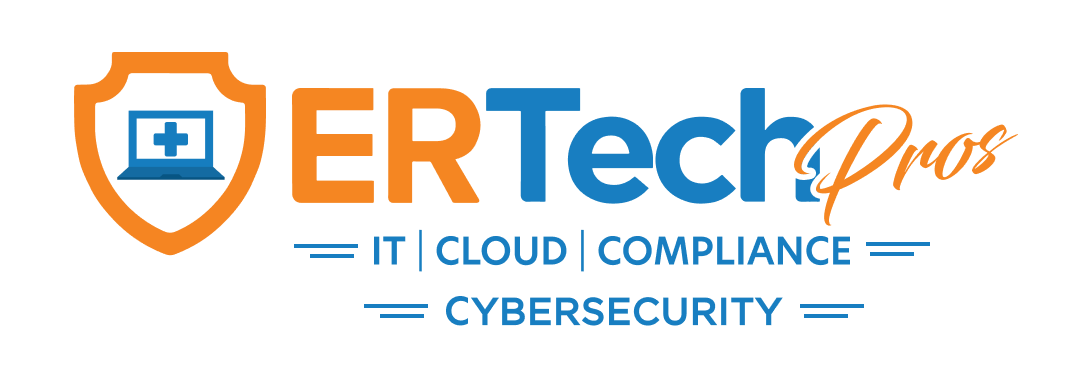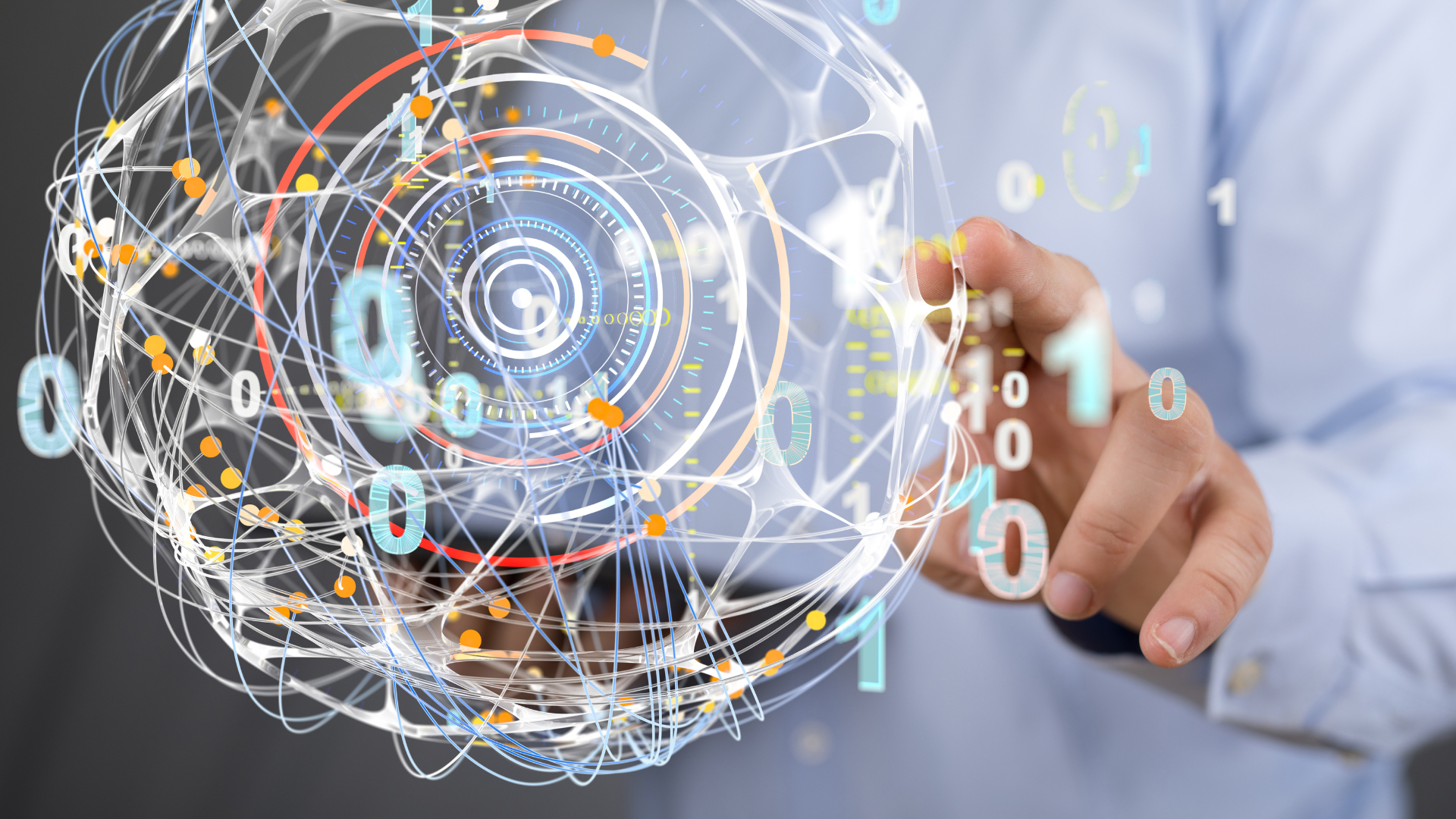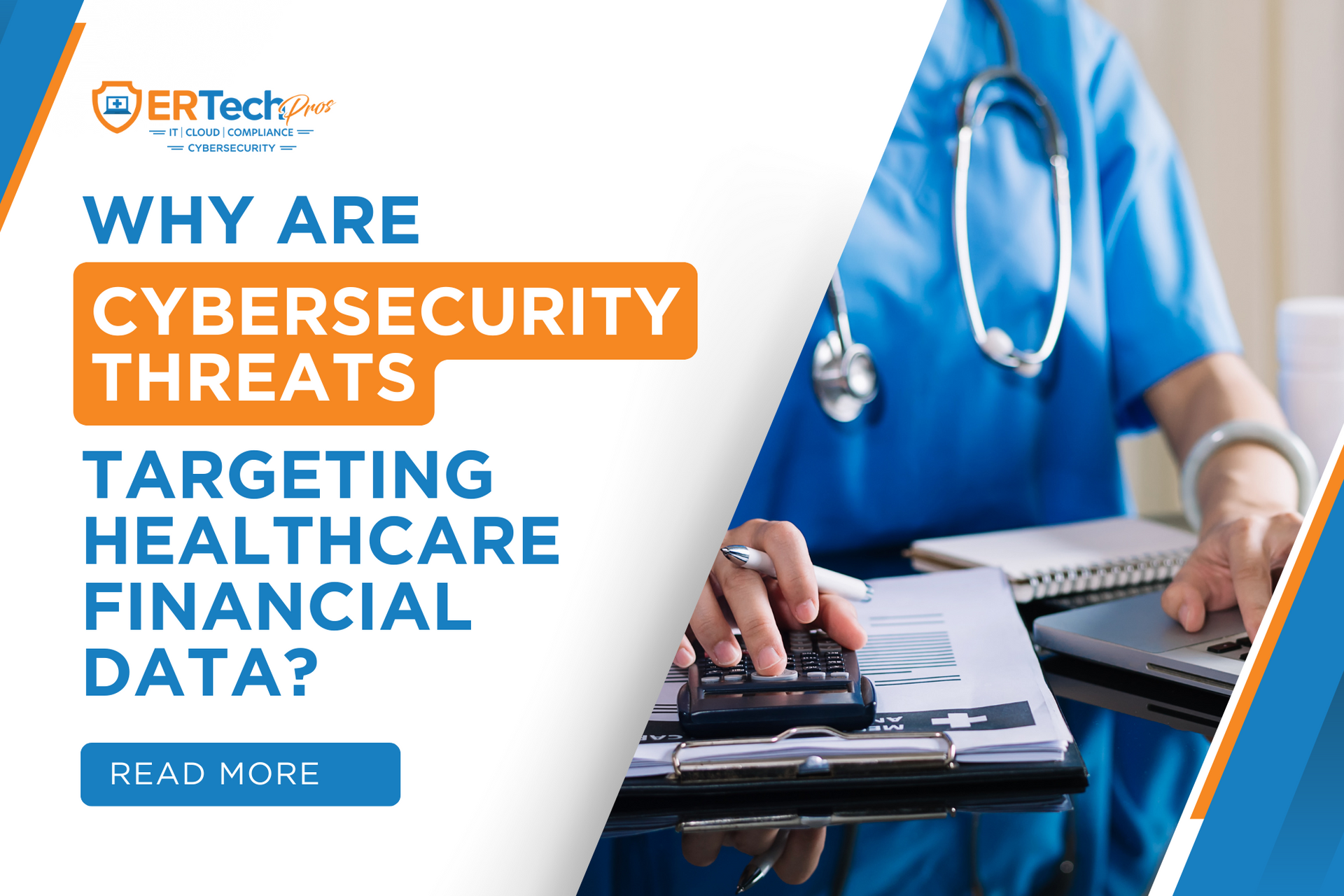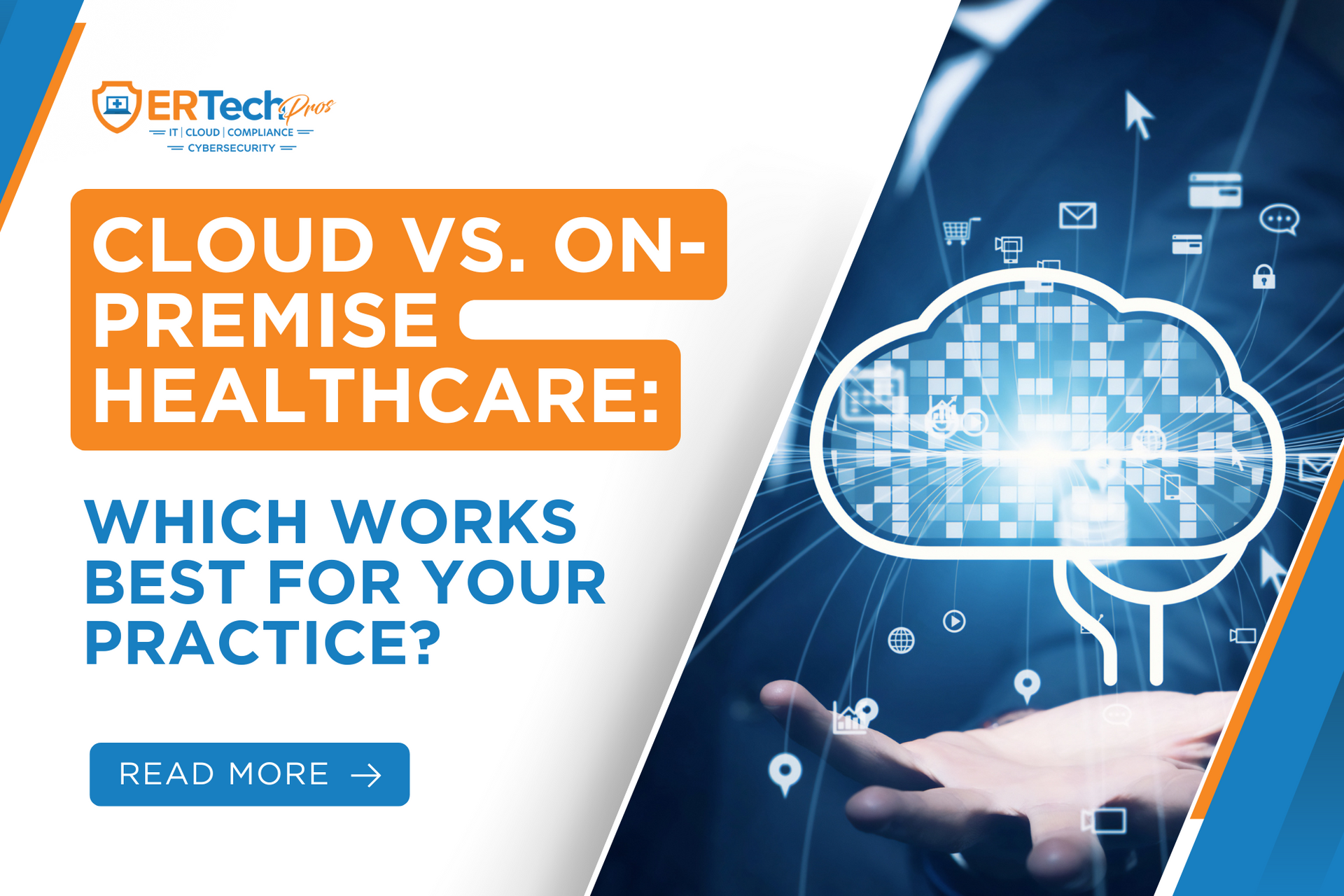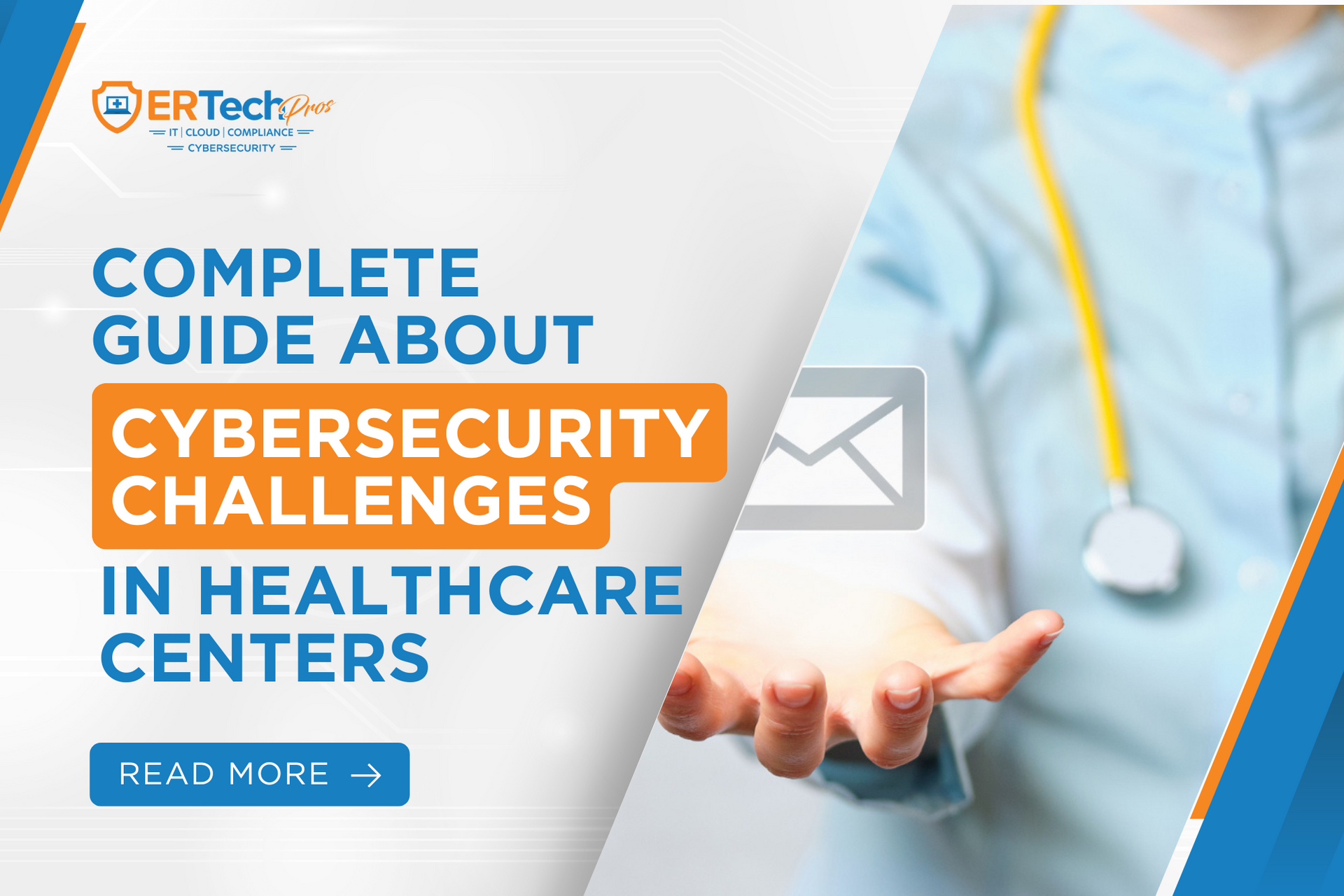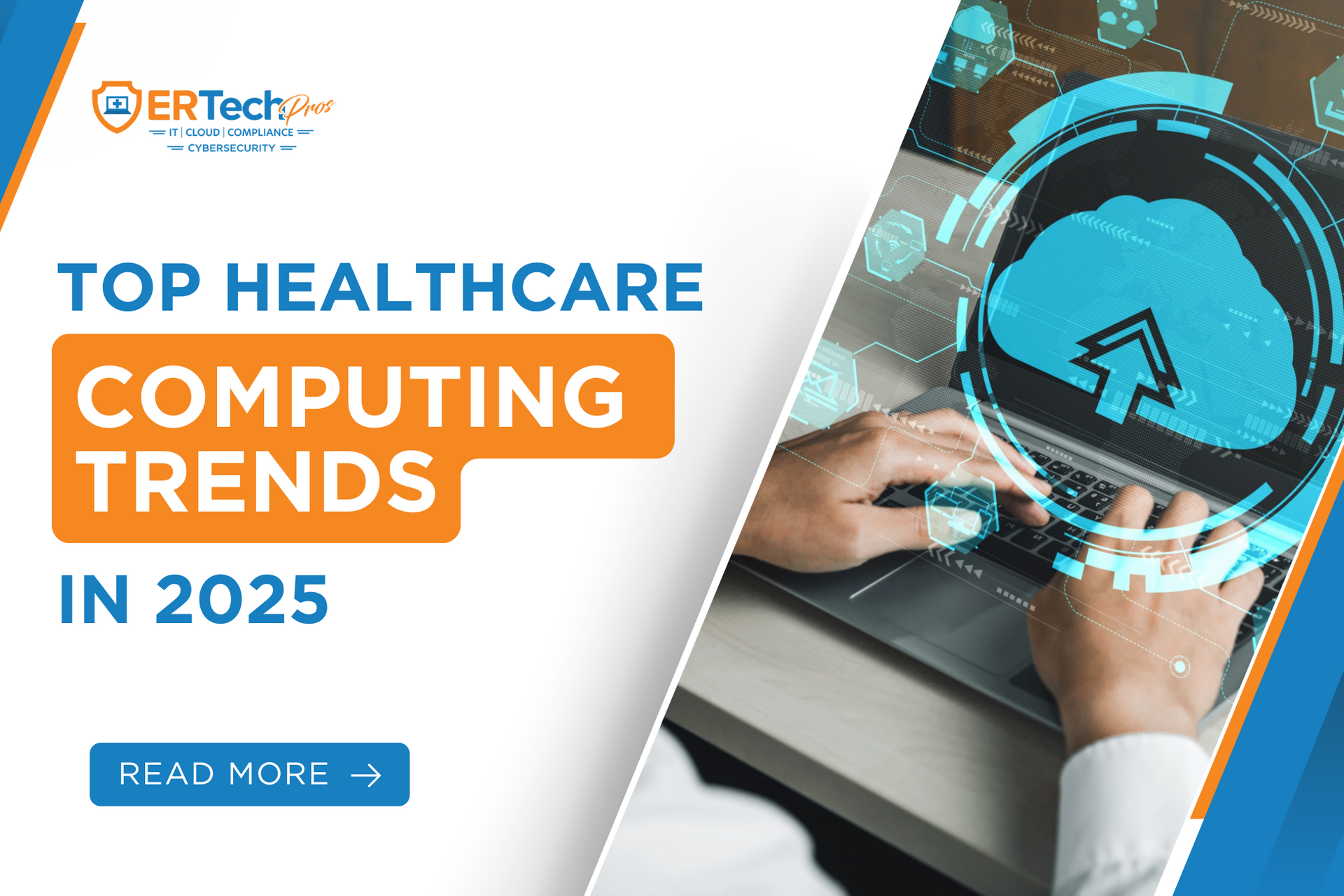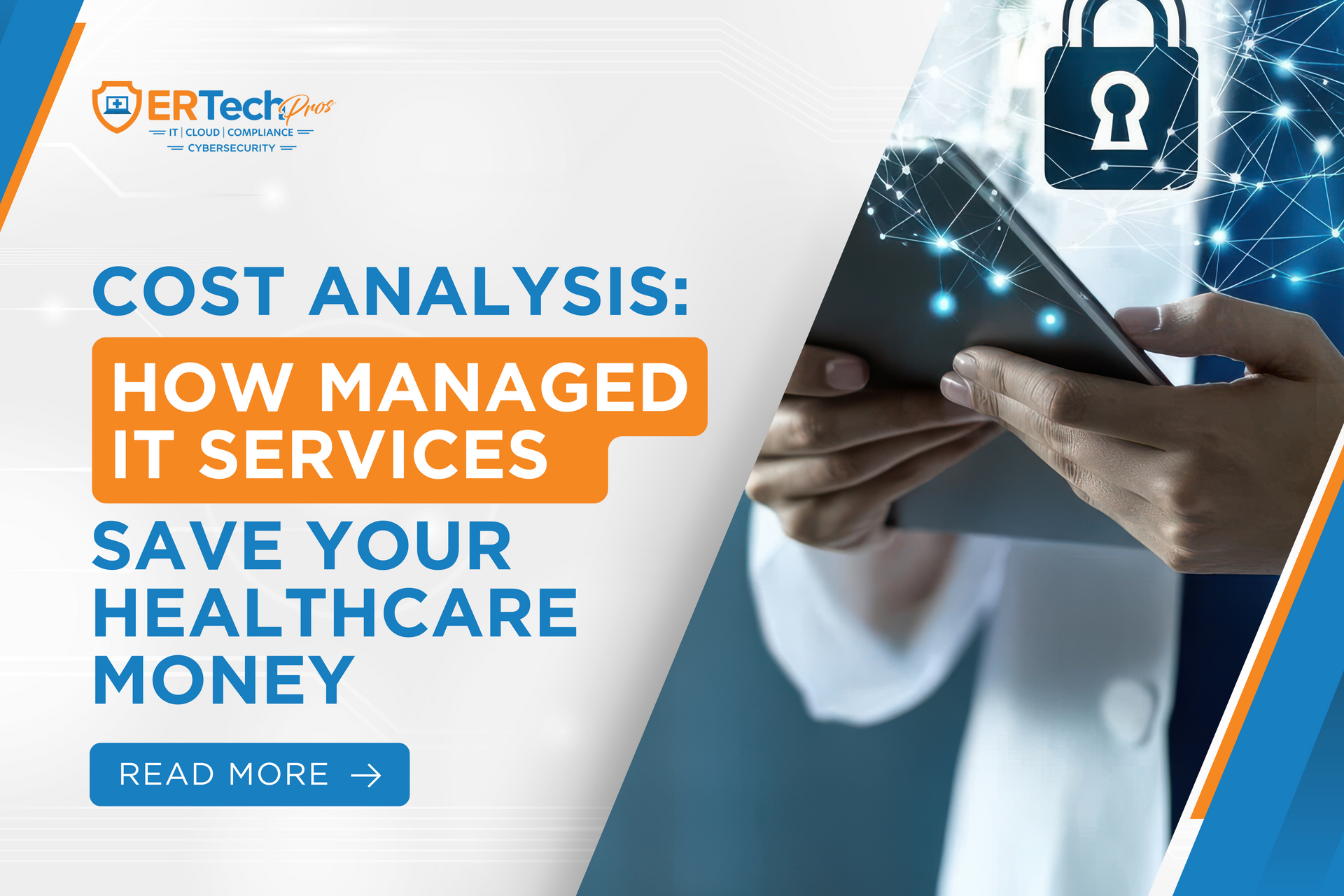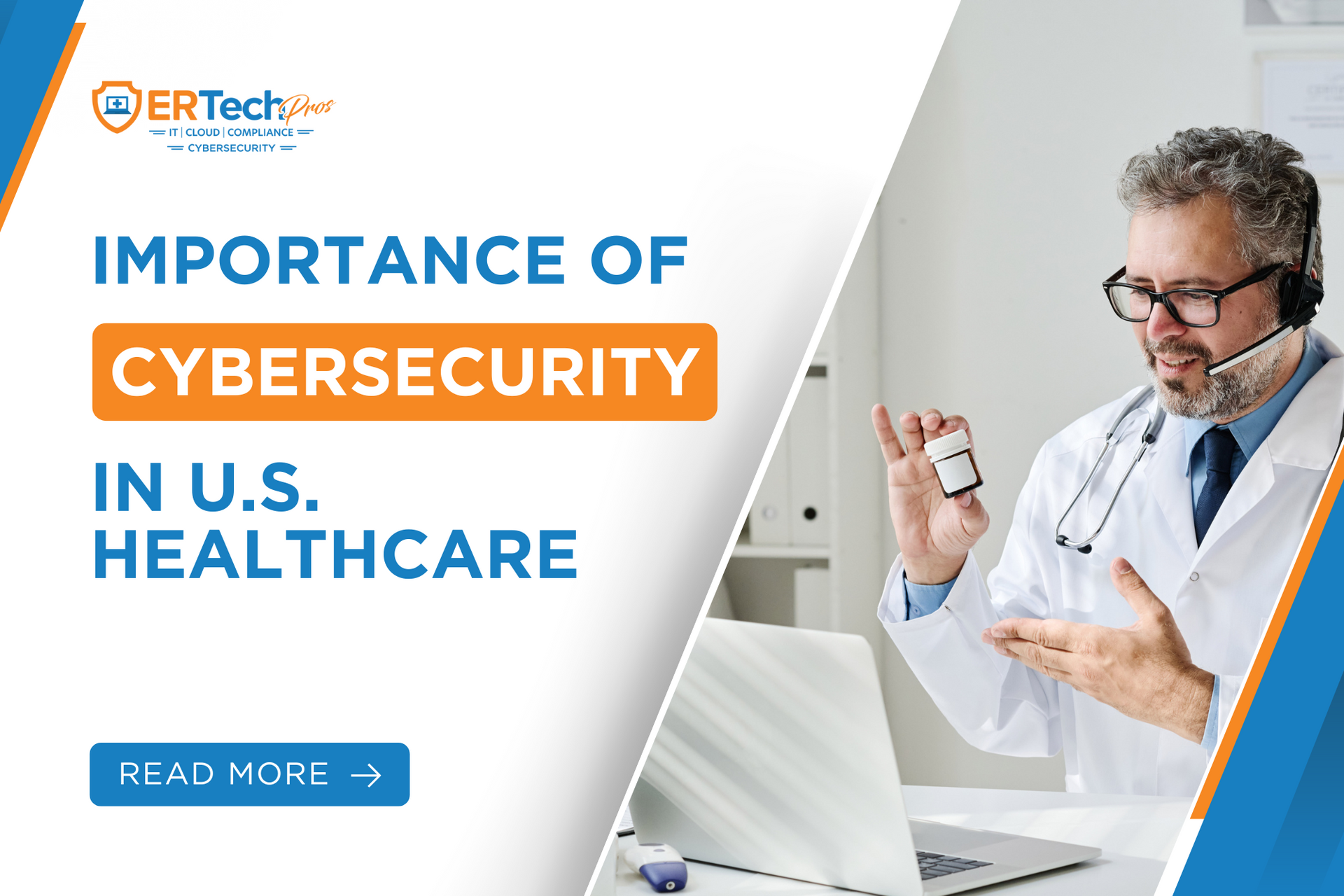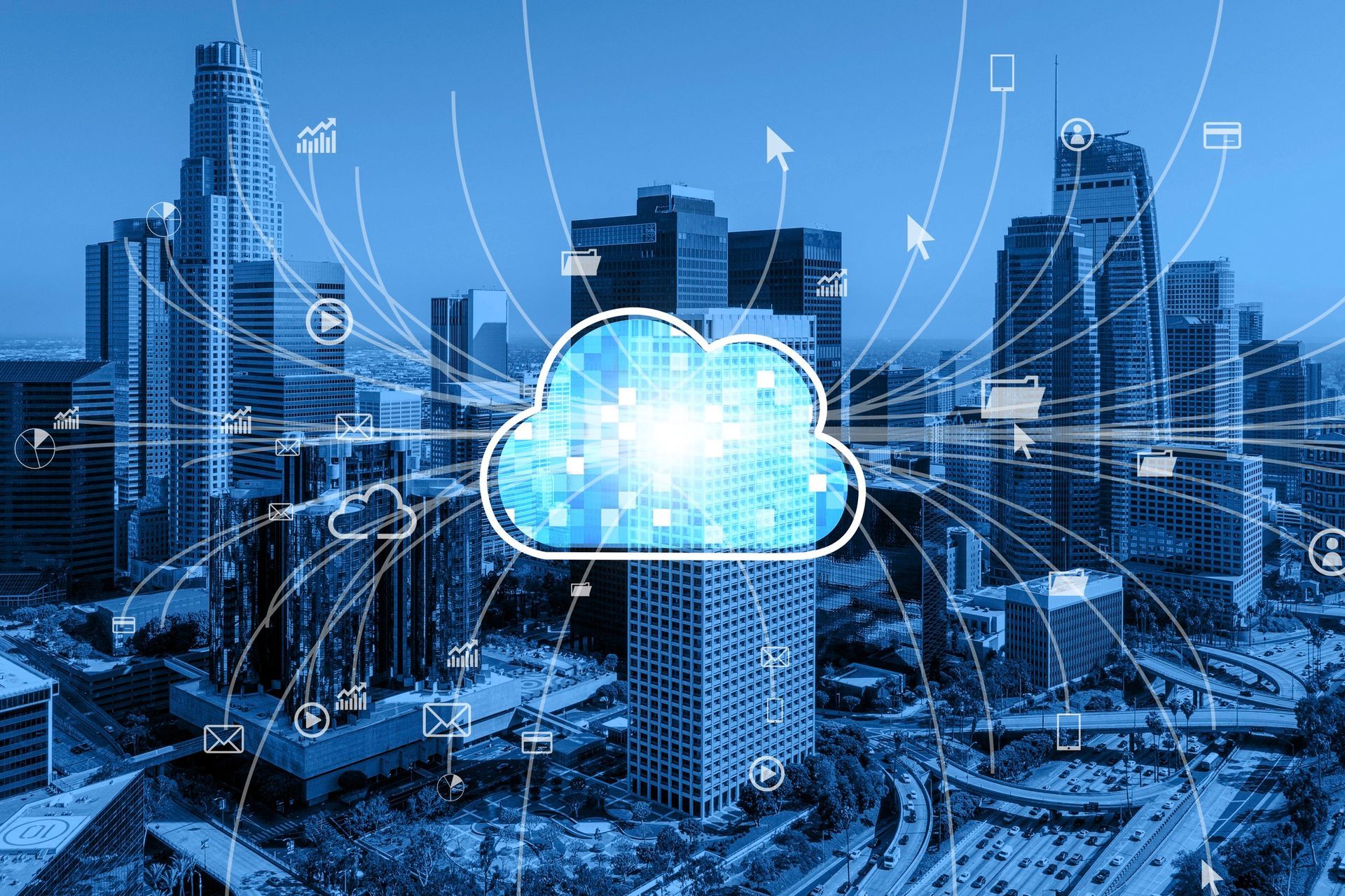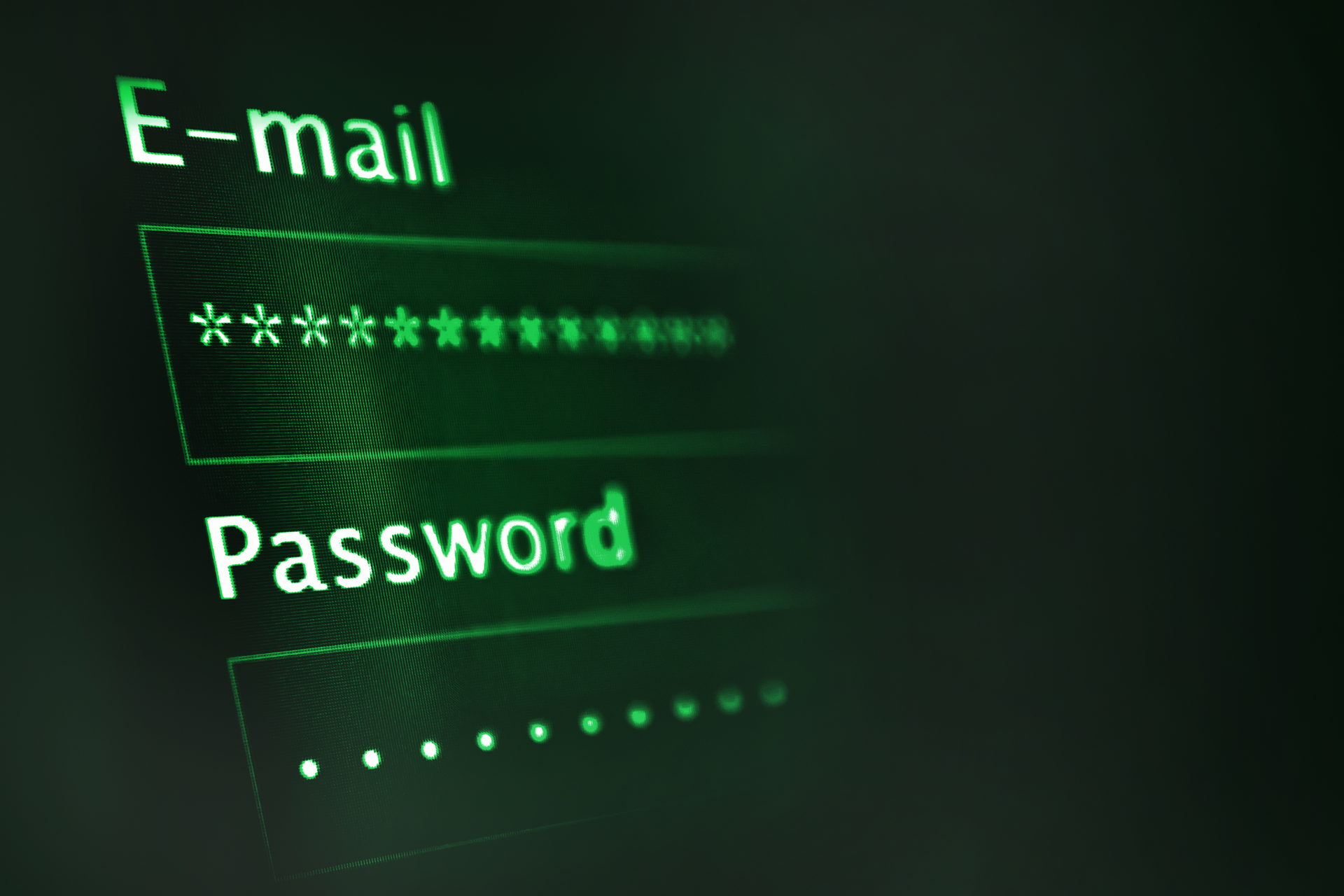Technology is evolving faster than ever, and it’s changing how medical facilities provide care. Thanks to new technologies, you can boost clinic efficiency, lower operational costs, and improve patient outcomes.
There’s a catch, though. To take full advantage of emerging technological advancements, you first need to adapt and adopt. If you want your practice to survive and thrive amid a technological revolution, you’ll need to keep up with the latest trends.
Here are five top tech trends transforming today’s medical practices:
Top Healthcare Tech Trends of 2023
1. The Internet of (Medical) Things
The Internet of things (IoT) is the catch-all term for a network of physical devices embedded with technologies that allow them to connect and exchange data with other devices over the Internet. When you use your smartphone to check your security cameras at home or answer a phone call using your smartwatch, that’s IoT in action.
In the healthcare industry, IoT is rapidly gaining traction.
Fortune Business Insights projects that the global market size for the Internet of medical things (IoMT) will reach $187.60 billion in 2028, more than six times its worth in 2021.
In 2023, more healthcare organizations are expected to invest in and adopt IoT technology because it enables healthcare providers to extend care outside the traditional clinical setting.
A smartwatch, for example, can be equipped with an electrocardiogram (EKG) that allows it to monitor and detect irregular heart rates. A continuous glucose monitoring system can transmit data at regular intervals, allowing providers to monitor a patient’s glucose levels remotely. A smart bed can monitor a patient’s temperature, breathing, and pulse, and send the information to the doctor’s computer.
2. Artificial Intelligence
Artificial intelligence (AI) goes hand in glove with IoT, which is why they are two of the hottest tech buzzwords right now, especially in the healthcare industry.
According to
Precedence Research, the global market for AI—specifically machine learning tools—in healthcare is predicted to exceed $20 million in 2023.
While IoT focuses on exchanging data within an interconnected environment, AI uses algorithms to analyze the data gathered. When applied to healthcare, IoT helps providers collect data, and AI helps them make sense of it. This powerful combination of technologies has the potential to improve healthcare delivery by leaps and bounds, particularly with the following:
Diagnosis
A
study by Google Health shows that several AI models can outperform doctors in radiology diagnostic accuracy and, therefore, have the potential to reduce human error when making a diagnosis.
A great example of this would be
Zio by iRhythm. Zio is a wearable patch that continuously monitors a patient’s heart rate activity for a period of time. Using its deep-learned algorithm, Zio analyzes the data and provides the healthcare provider with a snapshot of actionable and clinically significant findings. The provider then uses these findings to diagnose more accurately and create a suitable treatment plan.
Outcome Prediction
By exploring the datasets and outcomes of past patients, machine learning algorithms can forecast the likelihood of certain diseases or disorders among patients and provide insight into what treatment plans or methods will work best for them.
Workflow Automation
According to the
Medscape Physician Compensation Report 2018, almost a third of physicians said they spend at least 20 hours a week on paperwork and administrative tasks. Add that to the current healthcare staffing shortage, and we’re looking at healthcare workers with too many tasks and not enough time spent with patients.
Many healthcare organizations have turned to AI to automate repetitive workflows such as patient scheduling, revenue cycle management, billing, and inventory management. By doing so, they boost clinic efficiency, lower costs, reduce staff burnout, and ultimately enhance patient care.
Read More:
Tech as the Answer to Healthcare Labor Shortages
3. Remote Healthcare
Despite having been around for decades, remote healthcare took center stage when the COVID-19 pandemic pushed providers and patients worldwide to adopt it. It’s no surprise that remote healthcare technology has been trending for three years in a row.
Experts project the following remote healthcare technologies to significantly impact U.S. healthcare organizations in 2023:
Telemedicine
According to the American Medical Association (AMA)
, the percentage of physicians using virtual visits grew from 14% in 2016 to 80% in 2022. More and more healthcare organizations are seeing the value of investing in stable and secure
telemedicine solutions, especially ones fully integrated with their EHR systems.
Remote Patient Monitoring
Remote patient monitoring (RPM) refers to the use of digital technology to monitor, capture, and transmit health-related information from patients outside the traditional clinical setting to their providers.
By allowing patients to monitor their health and receive quality care from home, RPM devices reduce the need for unnecessary hospitalizations and help ease the burden on hospitals. Because of this,
GlobalData reports that the remote patient monitoring market will reach $760 million by 2030.
4. The Cloud
Since its widespread adoption in the healthcare sector, cloud computing has revolutionized how healthcare organizations store data, handle finances, communicate, and manage day-to-day operations. And it shows no signs of slowing down.
According to
MarketsandMarkets, the use of cloud technology in healthcare is growing so fast that total global spending is estimated to reach a market value of over $89 billion by 2027.
Healthcare providers all over the U.S. are stepping away from physical, on-site servers and migrating their technology to virtual servers hosted on reputable cloud platforms. Their EHR software,
phone systems, and even
CCTV systems can all be stored in the cloud.
Instead of spending their time and resources setting up, maintaining, and upgrading on-premise servers, they can partner with a
full-service cloud hosting provider to do all that for them for a flat monthly fee.
Unlike typical businesses, though, healthcare practices can’t partner with just any cloud hosting company. They need to ensure that the cloud environment hosting their EHR system and patient data is HIPAA compliant and secure.
ER Tech Pros, for example, is an IT company specializing in creating, maintaining, and monitoring HIPAA-compliant cloud environments for healthcare organizations. With state-of-the-art cybersecurity services and round-the-clock engineer support, they help providers experience the convenient, cost-efficient, and cybersecure benefits of cloud technology.
Read More:
The Benefits of Managed Cloud Services in Healthcare
5. Cybersecurity and Zero Trust
The world is in the middle of a massive digital revolution. Businesses and organizations from every industry are shifting to new technologies that promise smoother operations, lower costs, and excellent service delivery.
For healthcare practices, however, the decision to adopt emerging technologies isn’t easy, thanks to the layer of complexity that regulatory and compliance requirements add.
Cybersecurity is one of the challenges that the healthcare sector will continue to face in 2023.
Because of the highly valuable patient data that they hold, healthcare organizations are incredibly desirable targets for cyberattacks. The
FBI states that 25% of ransomware attacks in 2022 targeted the healthcare sector.
In 2023, we expect healthcare organizations to lean toward the Zero Trust approach in cybersecurity.
According to
451 Research Principal Analyst Garrett Bekker, Zero Trust does away with the notion that anyone inside the corporate IT network is “trusted” and those outside it are “untrusted.” Instead, it assumes that
all
users are hostile and are not to be trusted, even those already inside the network perimeter.
Because of the rapid adoption of cloud computing, mobility, and changes in the modern workforce, the Zero Trust approach is the modern way of keeping cybersecurity threats (from outside and inside your network) away from growing healthcare organizations.
Read More:
Trusting No One Can Be Your Best Cybersecurity Move
Take Your Healthcare Tech to the Next Level with ER Tech Pros
The healthcare landscape is changing rapidly and will continue to do so in the coming years, which is why you need to start future-proofing your practice now.
We’ve listed just a few of the top healthcare technology trends already impacting practices, but there are definitely more that will shape the way you provide care in 2023. By taking advantage of technological advancements, your practice can provide better care to more patients while spending less.
Not sure where to start? ER Tech Pros’ team of
IT,
cloud,
cybersecurity, and
compliance experts can help you choose the right healthcare technology for your needs and budget.



